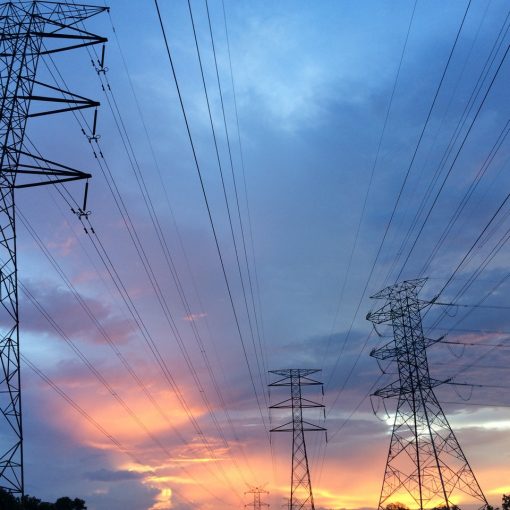Relevant Exam Boards: A-Level (Edexcel, OCR, AQA, Eduqas, WJEC), IB, IAL, CIE
Edexcel Economics Notes Directory | AQA Economics Notes Directory | IB Economics Notes Directory
Monetary Policy Definition:
– Monetary policy occurs when the government uses interest rates or money supply to change the level of aggregate demand (AD) and national income (GDP) in the economy.
– Interest rates is the monetary gain from lending money, and also the monetary cost of borrowing money.
– Money supply is the total amount of money circulating an economy, generally referring to cash and bank deposits/balances.
Monetary Policy Examples & Explanation:
Monetary policy is a type of demand-side policy, as it helps the government achieves its macroeconomic objectives by changing AD. A decrease in interest rates is a common response to a negative economic shock or downturn, for example during the 2008 Financial Crisis and the recent Coronavirus Epidemic. This is because a fall in interest rates leads to a lower cost to borrow for businesses and individuals. This incentivises them to increase their borrowing for investment or consumption, and as a result will increase AD, stimulating the economy. Although this works in theory, it can be hard to imagine a Hawaiian pizza place securing a loan to open up a second store during the pandemic. Another issue with lowering interest rates is they may not be able to be lowered even further (e.g. imagine if interest rates are already at 0.1% to start with). As a result, governments may implement quantitative easing which affects the money supply of the economy instead.
Monetary Policy Economics Notes with Diagrams
Want a closer look? Download these monetary policy notes.
There are considerations of having a negative or zero interest rates when the economy is depressed. UK small businesses are offered loans with zero interest during the pandemic, and this is mainly for them to meet their costs and survive. When interest rate turns negative, it means that banks charge depositors (lenders) and pay borrowers. This will incentivise savers in the economy to consume, and increase borrowing, but put more pressure on banks like in Japan.
Monetary Policy Video Explanation – EconPlusDal 
The left video explains monetary policy, the right evaluates the advantages and disadvantages of the policy.
Receive News on our Free Economics Classes, Notes/Questions Updates, and more
Monetary Policy Multiple Choice & Essay Questions (A-Level)
Want a closer look? Download these monetary policy multiple choice and essay questions.
Monetary Policy in the News
Related A-Level, IB Economics Resources
![]() EconPlusDal YouTube Channel
EconPlusDal YouTube Channel
– Monetary Policy Transmission Mechanism

– Monetary Policy & Central Banks
– Managing Demand with Monetary Policy
– Monetary Policy and Exchange Rates
![]()
– Global Economics: Monetary Policy
– EU Monetary Policy
![]()
– UK Monetary Policy
– Tight Monetary Policy Mechanism
– Monetary vs Fiscal Policy
Follow us on Facebook, TES and SlideShare for resource updates.




